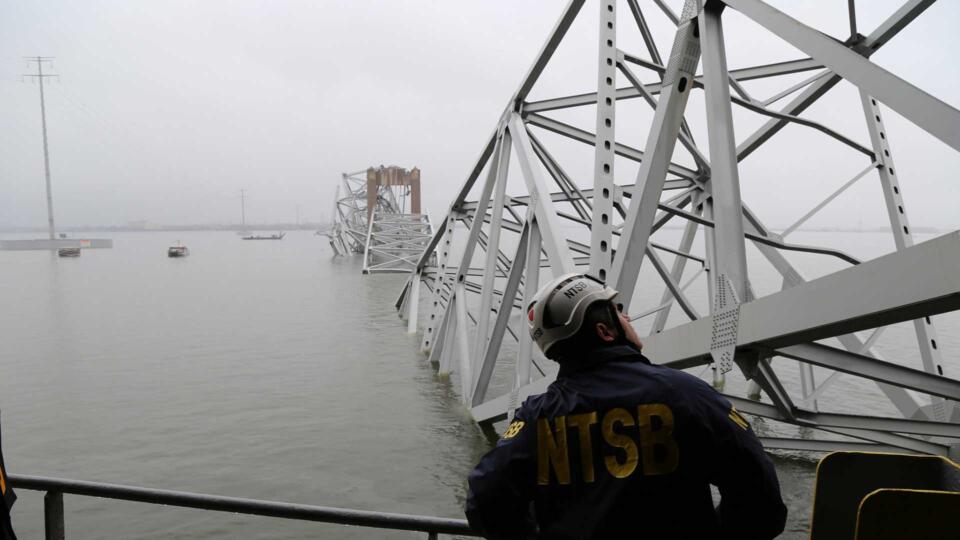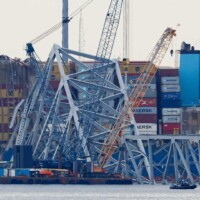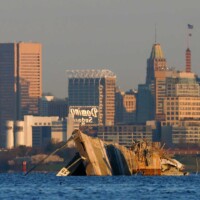Very serious ship accidents — like the kind that led to the Francis Scott Key bridge collapse in Baltimore on March 26, 2024 — happen all too often.
In February, the Lixinsha bridge in Guangzhou was cut in two when a cargo ship hit it, killing five people.
In January, a bulk carrier ship hit the Zarate-Brazo Largo Bridge, not far from Buenos Aires, causing a weeklong delay. No injuries were reported and officials told Uruguay’s Merco Press that the bridge was not harmed.
And while high profile shipping events make headlines, many other incidents often go unnoticed by the public.




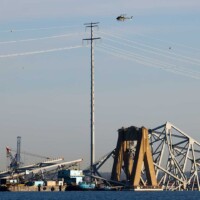
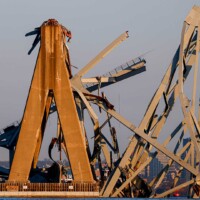
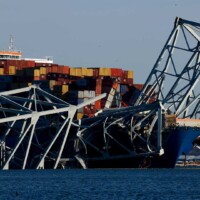
The European Maritime Safety Agency (EMSA), recorded 2,500 marine casualties and incidents in 2022 alone.
“Loss of control” and “loss of propulsion power” events were the most numerous of the incidents in 2022, compared to the top events of “collision” and “slipping, stumbling, and falls” from 2014-2022, the EMSA found.
Meanwhile, financial services company Allianz calculated 3,032 shipping casualties or incidents in 2022, and 3,000 in 2021, according to its annual Safety and Shipping Review. Citing data from Lloyd’s List Intelligence Casualty Statistics Allianz found that “machinery damage and failure” made up about half of all global incidents. More than 200 fires also occurred on ships in 2022, the third top cause of incidents, Allianz found.
CAUSES FOR ENGINE FAILURE
As Baltimore works to recover from the devastating collapse of the Key Bridge, investigators will be looking numerous potential causes of the container ship Dali’s collision, including whether faulty equipment, or contaminated or watered-down fuel, was a cause for the Dali’s total loss of power. An initial report by the NTSB is expected in May.
New footage of the Key Bridge wreckage pic.twitter.com/9uUQdWGvlb
— The Baltimore Banner (@BaltimoreBanner) April 1, 2024
Contaminated fuel has been cited as a cause of disabled ships in over 600 vessels in 2021-2022, according to a study by maritime tech company FuelTrust. Bad fuel also led to serious engine failure in 200 vessels in 2018, according to ShipandBunker.com.
The Dali had underwent routine engine maintenance in the Port of Baltimore just before the collision, the U.S. Coast Guard said. Previously the ship had passed a coast guard inspection in New York in September 2023. However it failed an inspection in San Antonio, Chile, in June 2023 which found a faulty fuel pressure monitor gauge that had to be fixed before it left port. In 2016 the Dali also hit a pier in Antwerp, Belgium damaging its hull.
INTERNATIONAL REGULATIONS
Under the code of the United Nation’s International Maritime Organization (IMO), all 176 member states must conduct investigations into very serious marine casualties – incidents that involve a total loss of a ship, death, or severe environmental damage.
While reporting isn’t required for less serious events, the IMO recommends they also be investigated by the country where the ship is registered if it can help offer information to prevent other accidents.
The IMO allows public access to a list of these incidents in its Global Integrated Shipping Information System.
A CGTN America search of the data on April 3, 2024 found more than 1,200 maritime casualties and incidents between 2018-2023, with nearly two-thirds categorized as “very serious”.
About one fifth, or 280, were categorized as a less serious “marine casualty” which resulted in death or serious injury, the presumed loss or abandonment of a ship, the disabling of a ship, a collision of a ship, or damage to the ship’s infrastructure that could endanger the ship’s safety or potentially harm the environment.
The remaining incidents, about 12 percent, were categorized as the least serious “marine incident” which includes all events other than a casualty that endangers or could endanger the ship’s safety, people, or the environment.
But data suggest that information is missing, for example the total number of casualties and incidents wavered from 305 in 2018, to 319 in 2019, 241 in 2020, 218 in 2021, 150 in 2022 and only 30 in 2023.
At the time of publishing the IMO had not provided CGTN America with context on why the data from 2023 was so much smaller, but Natasha Brown, head of IMO public information services said in an email: “We do not claim it be exhaustive.”
 CGTN America
CGTN America
